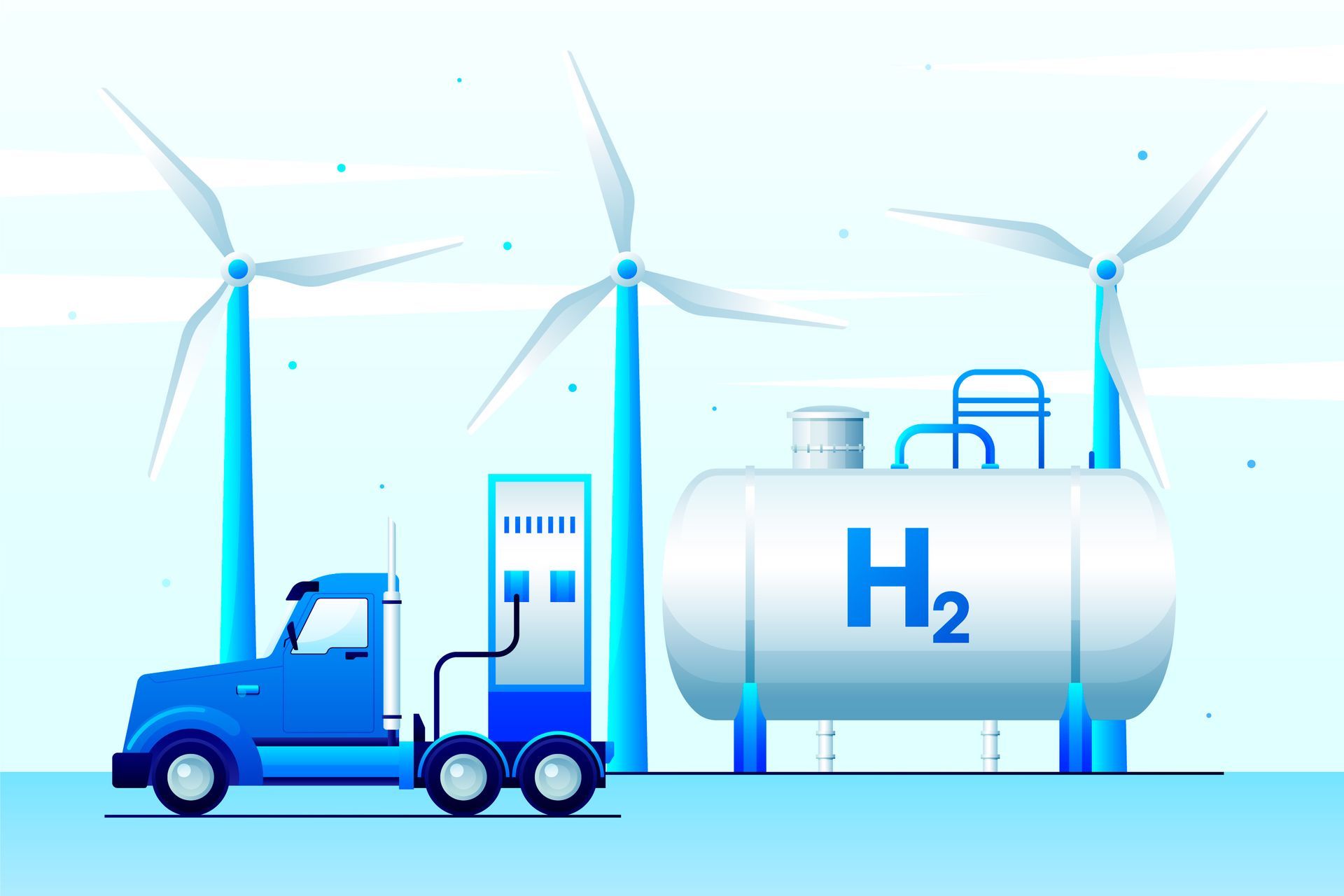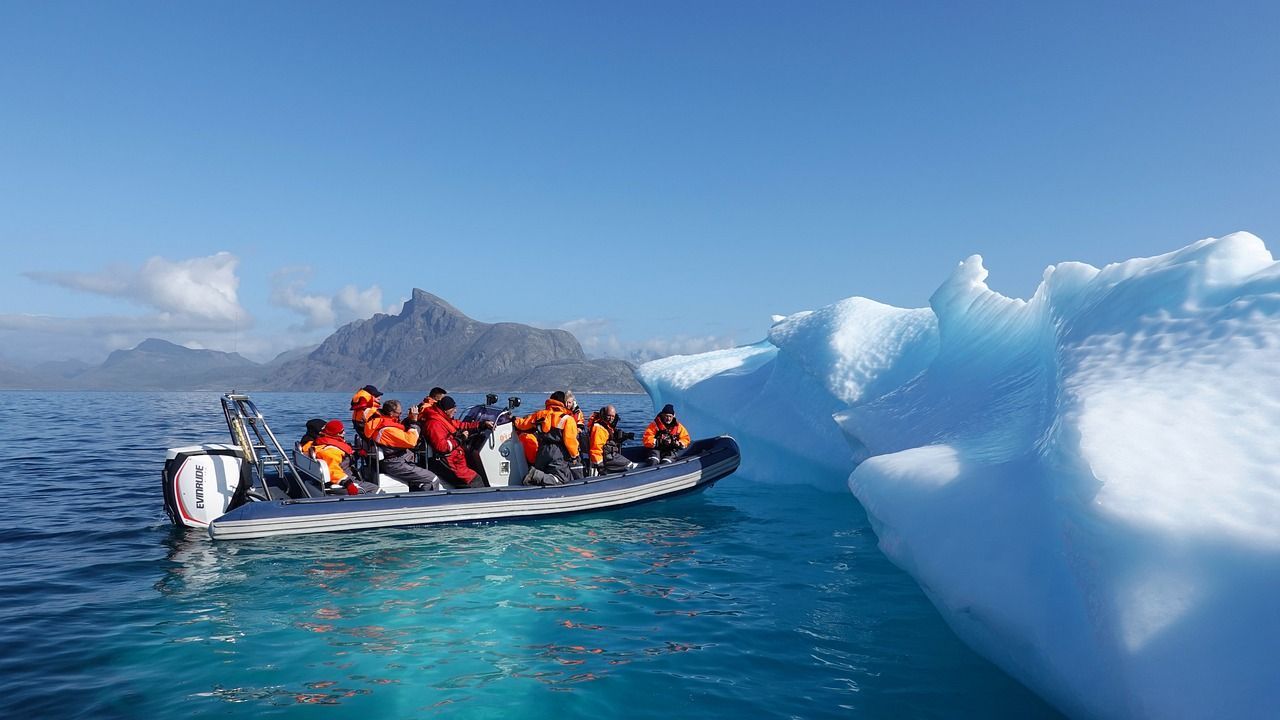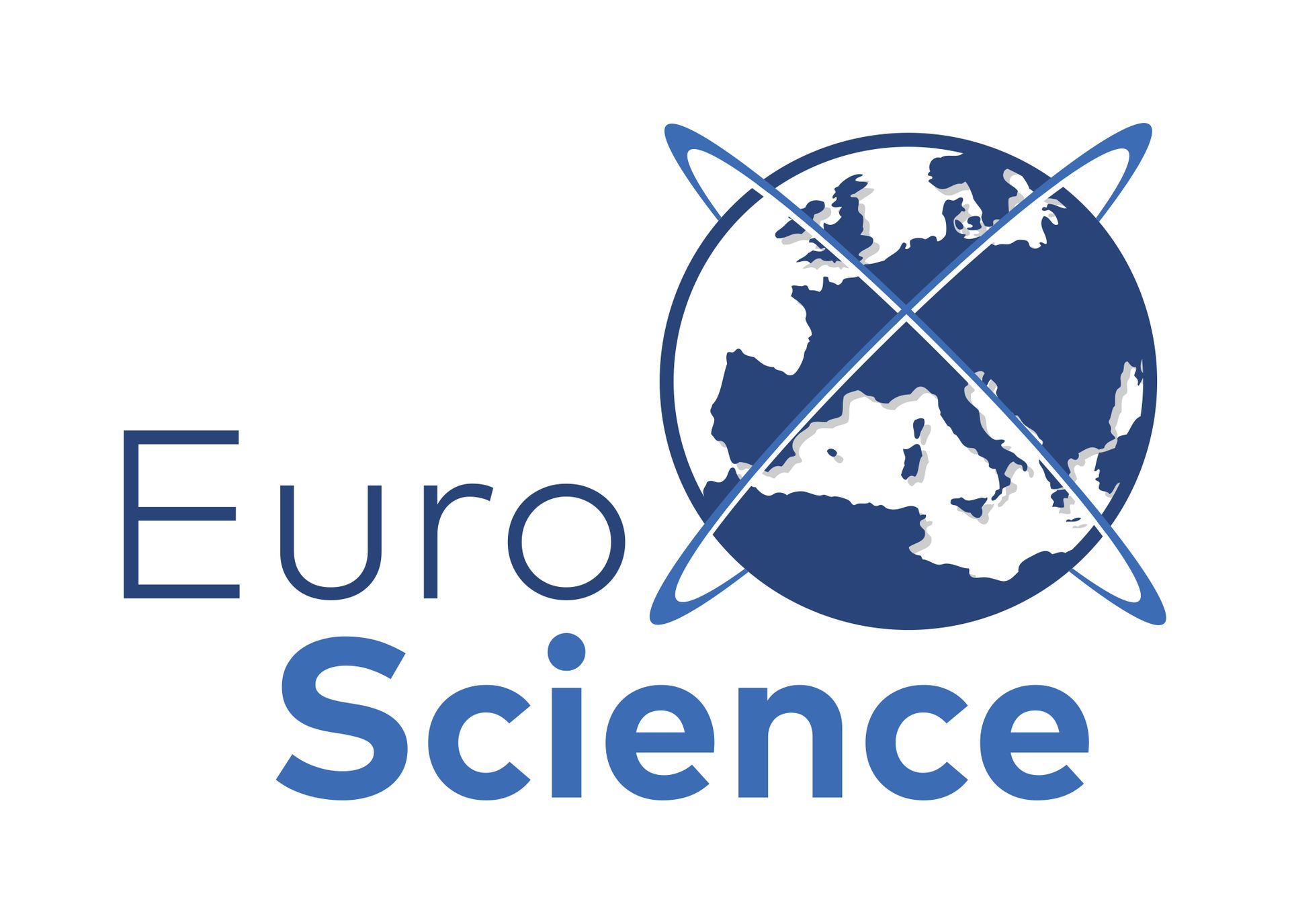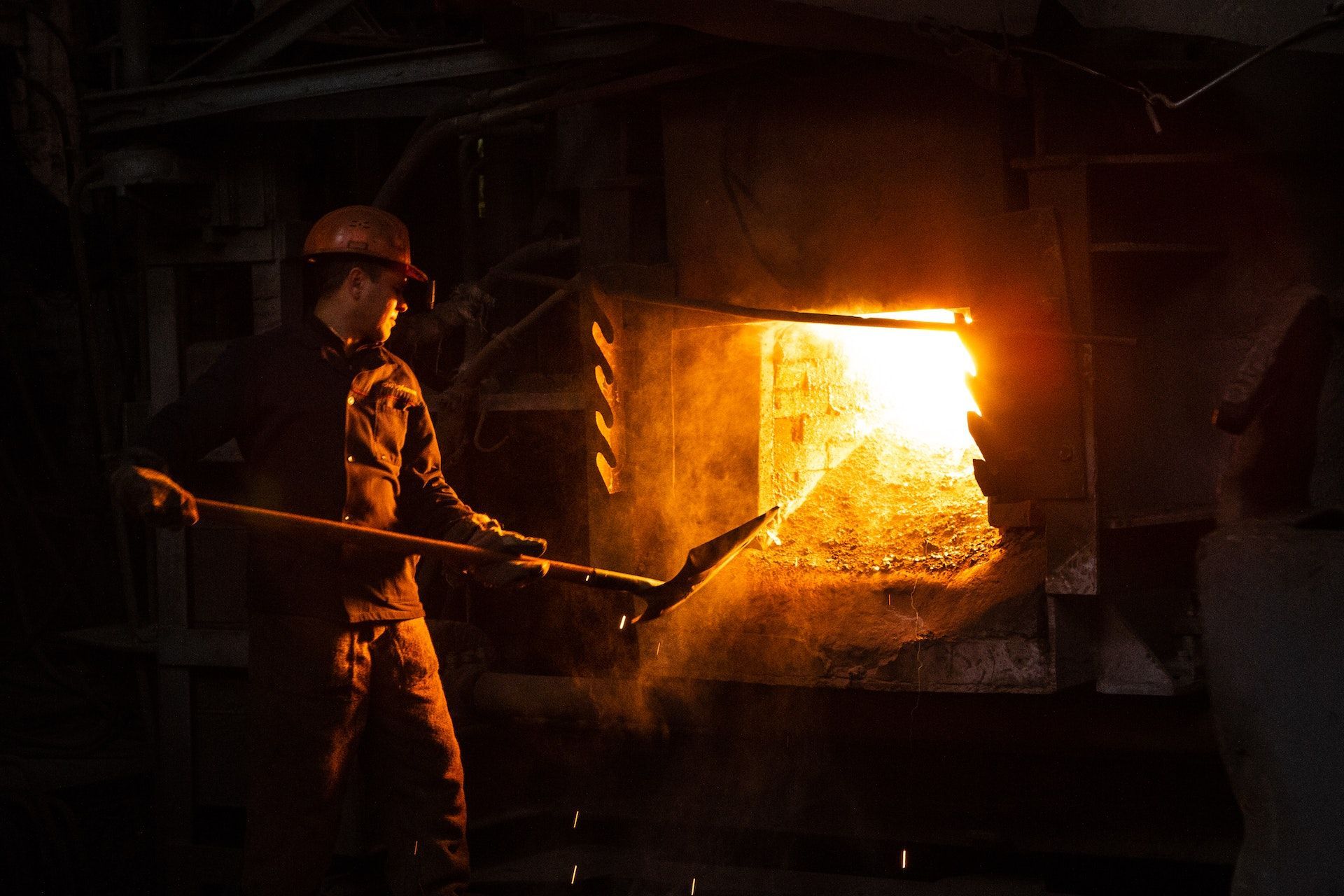THE FEMALE EUROSCIENTIST: VIEWS FROM EASTERN EUROPE
During the month of International Women’s Day, Euroscientist is running a series of short articles looking at the state of women in research throughout Europe. Previous articles in this series looked at Northern, Southern, and Western Europe. This is the last in the series.
In nearly every region covered in this series, the figures behind women in European science tend to tell the same story: there is a larger then ever proportion of women in science, though we are far off from achieving true gender parity in all levels of research.
Not so in Eastern Europe. Countries of the former Eastern Bloc have the highest proportion of women in science of the continent, where it is more common for men to be in the minority. According to 2018 figures compiled by the EU women make up 53% of researchers in Georgia, 52% in Latvia, 51% in Russia, and just over 50% in Armenia. In other countries of the former eastern bloc men are in the majority by only a few percentage points.
The reason, as you may have guessed, is down to policies in the Soviet era. Sociologists believe that with some exceptions the soviet focus on science education, programs to bring women into science, and generous childcare and parental leave all helped to increase women in science over the decades.
To some extent the evidence of this can still be felt today; Latvia has the highest proportion of women in science in the European Union. ‘’Personally, I have not paid attention to this, because it seems so natural and that women are treated equally,’’ says Daina Indriksone, an environmental researcher and member of the board at the NGO Baltic Environmental Forum in Latvia. She points out that when studying at university, men were often the minority in her classes in the biology and chemistry faculties.
In the past, women in science tended to be clustered in certain disciplines such as the medical and health sciences and social sciences. However there is evidence that this is also changing. ‘’I think these old boundaries are getting destroyed,’’ says Ingrīda Brēmere, who is also an environmental researcher at the Baltic Environmental Forum. “I think more women are getting interested in the technology fields, for example IT. It’s a subject no longer explicitly for men.”
However both would like to see more investment in Latvian academia, especially for international projects. Both are working in the EU-funded IMPETUS project, which is developing methods for communities to adapt to the effects of climate change. However not all Latvian research institutes can avail of funding for such important projects. Both agree that more funding for Latvian research could boost the country’s research impact further.
Unfortunately the greatest challenge for women in this region are caused by the Russian invasion of Ukraine. Official figures are hard to come by, though one expert from the US National Academies of Sciences, Engineering, and Medicine says that around 15 000 PhD scientists are among the millions who left Ukraine during the war. Because most Ukrainian men have been banned from leaving the country, most of these scientists are likely to be women.
An April 2022 early survey of scholars fleeing the conflict drives this point home. Of the over 2000 Ukrainian researchers surveyed, 67% were women and 65% had at least one child.
Writing in De Gruyter, the Ukrainian academic Dr Tetiana Perga who is now based in Germany lists the issues faced by her compatriots fleeing the conflict; legal issues, adapting to a new social environment, and managing their children and other relatives who also need help adjusting to their host country. However, there are she argues there are some silver linings. For example, Dr Perga suggests that Ukrainian women scientists can now present previously unknown achievements and results of Ukrainian science directly to the European scientific community. Entering new labs and research centres means that they can grow their professional network, and may help West European researchers become aware of the potential of Ukrainian science.
Of course it should not take an armed conflict for these lessons to be shared throughout Europe. Though once it ends, the continent may learn from Ukrainian science than they previously thought.
More articles!







